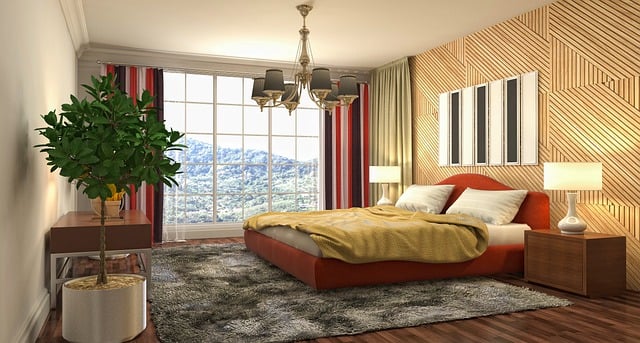3D product rendering is a versatile and powerful tool in manufacturing and prototyping, transforming digital design concepts into lifelike, interactive 3D models. It facilitates quick iterations, enhances decision-making, and improves design efficiency by allowing stakeholders to inspect products from all angles. This technology streamlines manufacturing processes, reduces costly mistakes, and accelerates time-to-market for innovative products, making it crucial for industrial and mechanical design. Interactive 3D visualizations enhance collaboration and communication among technical and non-technical teams, ensuring clear design intent and high-quality standards in complex machinery and equipment.
In today’s competitive manufacturing landscape, understanding and leveraging 3D product rendering is crucial for staying ahead. This powerful tool enables designers and engineers to create immersive, accurate digital representations of products, enhancing communication and visualization. From concept to creation, 3D product rendering revolutionizes the way we approach prototyping and manufacturing, offering significant advantages like rapid iterative design and cost savings. Explore how this technology drives innovation across industries.
Understanding 3D Product Rendering in Manufacturing
In manufacturing and prototyping, 3D product rendering plays a pivotal role in visualizing and communicating design concepts before they come to life as physical products. It’s more than just creating digital images; it involves generating photorealistic or stylized representations of three-dimensional models using specialized software. This process allows designers, engineers, and stakeholders to examine a product from every angle, study its details, and assess its aesthetics and functionality in a virtual environment.
3D product rendering offers numerous benefits. It facilitates informed decision-making by enabling quick iterations and modifications, streamlining the design process. Rendered images can showcase intricate features, materials, textures, and finishes, providing a clear understanding of the final product’s appearance and quality. Additionally, rendering can enhance presentation and marketing materials, making complex designs more accessible and appealing to clients or investors.
– Definition and significance of 3D product rendering
3D product rendering is a powerful visual tool that transforms digital designs into lifelike, three-dimensional representations. It involves creating accurate, photorealistic images or animations of products before they are physically manufactured. This process is significant in mechanical and industrial design as it allows designers and engineers to present their concepts in a way that is easily understandable by stakeholders, clients, and the general public. By simulating the final product’s appearance, 3D rendering helps identify potential issues early in the design cycle, streamlining the manufacturing process.
Moreover, 3D product rendering plays a pivotal role in prototyping. Designers can quickly iterate on their ideas, visualizing changes in material, texture, and lighting to refine the product’s aesthetics and functionality. This capability accelerates the development process, enabling faster time-to-market for innovative products while ensuring they meet high-quality standards.
– Benefits for design visualization and communication
In today’s digital manufacturing landscape, 3D modeling has become an indispensable tool for designers and engineers. Mechanical and industrial 3D modeling offers a multitude of benefits, especially in enhancing design visualization and communication. With advanced 3D product rendering techniques, intricate prototypes and final products can be accurately represented, providing stakeholders with a clear and comprehensive understanding of the design intent. This is particularly valuable for complex machinery or industrial equipment where precise dimensions, tolerances, and material properties are critical.
3D models enable designers to communicate their ideas effectively to both technical and non-technical teams. Interactive 3D visualizations allow for better collaboration and faster decision-making, as everyone involved can explore the design from various angles and gain insights into potential issues or improvements. This streamlined communication process ultimately leads to more efficient prototyping and manufacturing workflows.
Industrial Applications of 3D Modeling for Prototyping
Industrial 3D modeling has transformed prototyping, allowing manufacturers to visualize and refine products before production. This process enables engineers and designers to catch potential issues early on, reducing costly mistakes later in the manufacturing pipeline. With advanced 3D rendering techniques, companies can create realistic simulations of their designs, facilitating better decision-making.
Additionally, 3D modeling facilitates rapid prototyping, enabling manufacturers to quickly iterate and test product concepts. This agility accelerates the development process, allowing businesses to stay ahead of market trends. Moreover, 3D renderings serve as valuable communication tools, helping stakeholders understand intricate product details, fostering collaboration across departments.
In conclusion, integrating 3D product rendering into manufacturing and prototyping processes offers immense advantages. This powerful tool enhances design visualization, facilitates clear communication among stakeholders, and streamlines the development cycle. By leveraging industrial 3D modeling, manufacturers can bring products from concept to reality more efficiently, ensuring superior quality and competitive edge in today’s market. 3D product rendering is no longer a luxury but an indispensable component of modern manufacturing and prototyping strategies.
